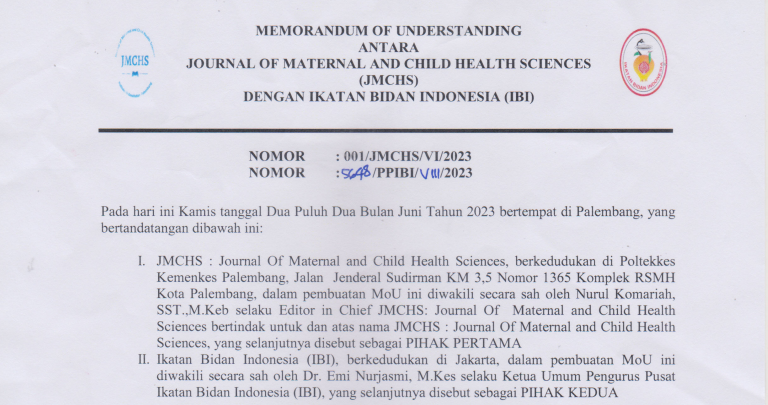Effectiveness Spinach Crispy Snack Consume to Increase the Hemoglobin Level in Diabetic Patient
Abstract
Anemia or lack of blood is characterized by normal hemoglobin (Hb) levels, occurs in certain population groups including young women, pregnant and lactating women, and people with chronic diseases such as diabetes mellitus (DM) and others. Various kinds of food ingredients both from plants and animals that are useful for controlling hemoglobin levels, especially plants or animals that contain ferrous (Fe) can bind Hb in the blood. Among the plants that contain Fe are spinach vegetables with a composition of 9.2 mg/100gram. To determine the effect of spinach chips as a snack that is useful for increasing Hb levels, it is necessary to conduct research to believe in this hypothesis. The purpose of this study was to determine the effect of spinach chips on Hb levels in Diabetes Mellitus Patients at the Kadir Medika Clinic in 2020. The method used in this study was an experiment with a sample of 62 people consisting of a control group and an intervention group that had met the inclusion and exclusion criteria. The results of this study indicate that spinach chips can increase Hb levels in patients with diabetes mellitus after being consumed for 10 consecutive days. However, in carrying out this diet there is still non-adherence to the patient following the research procedure so they were excluded from this study. The place of this research was at the Kadir Medika Clinic which was held from September 2020 to November 2020 Conclusion of this study was that spinach chips were consumed in a certain amount and within a certain period of time. Certain substances can increase hemoglobin levels.
Authors who publish with this journal agree to the following terms:
- Authors retain copyright and grant the journal right of first publication with the work simultaneously licensed under a Creative Commons Attribution License that allows others to share the work with an acknowledgement of the work's authorship and initial publication in this journal.
- Authors are able to enter into separate, additional contractual arrangements for the non-exclusive distribution of the journal's published version of the work (e.g., post it to an institutional repository or publish it in a book), with an acknowledgement of its initial publication in this journal.
- Authors are permitted and encouraged to post their work online (e.g., in institutional repositories or on their website) prior to and during the submission process, as it can lead to productive exchanges, as well as earlier and greater citation of published work












